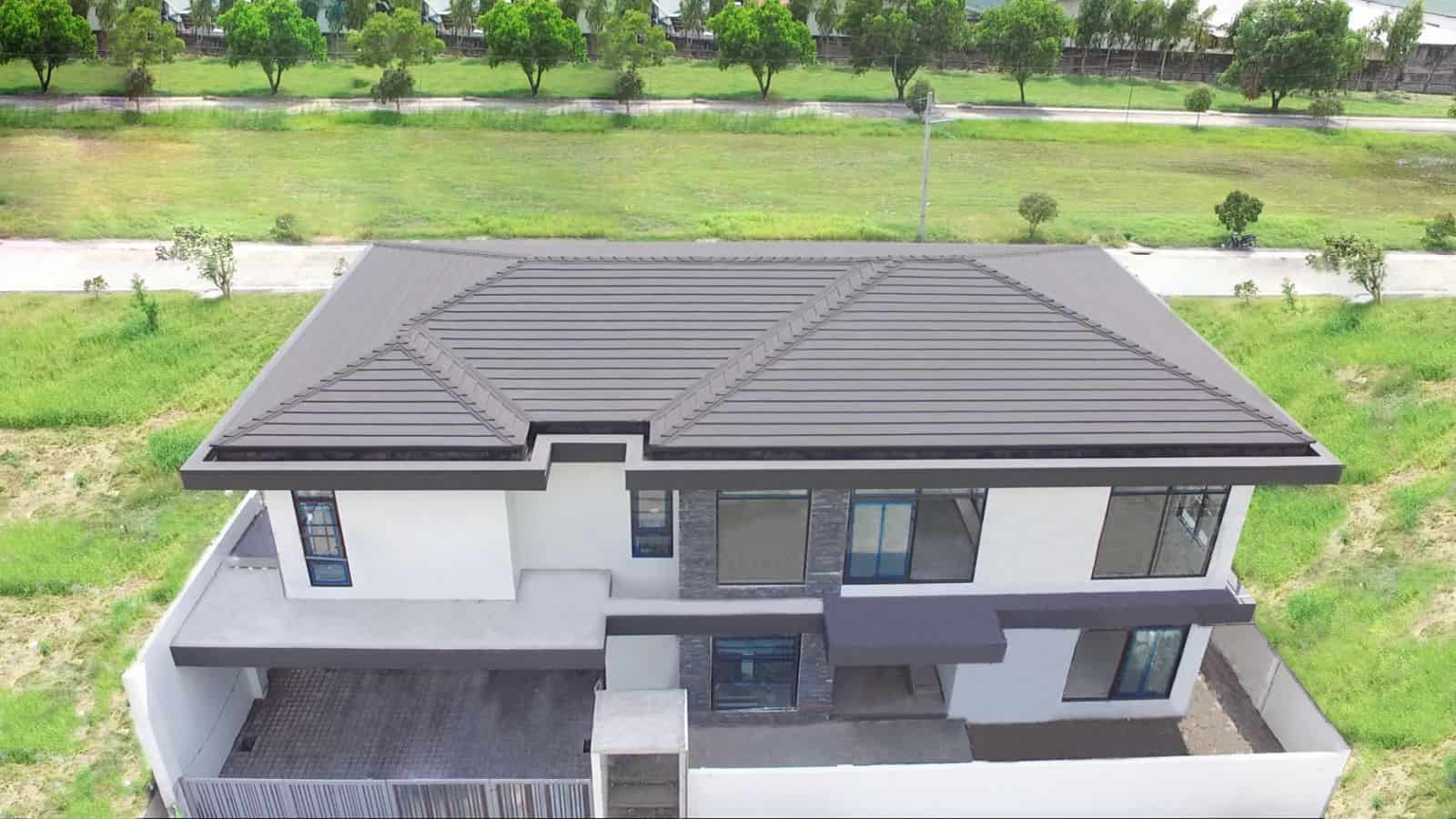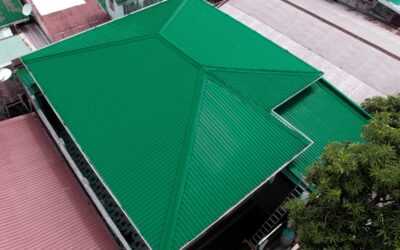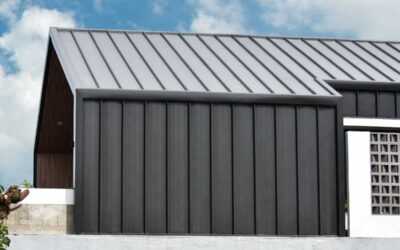The roof is an essential part of the home, protecting it from the harsh elements of the outdoors. In a tropical climate such as the Philippines, where torrential rains can cause significant damage, it is important to invest in a high-quality roofing system.
What Is a Roof System?
A roof system refers to the different parts that help secure the roof panels to the structure. It usually consists of an air barrier, roof insulation, the roof membrane, flashing, and accessories. Every piece needs to be in proper working order to ensure the durability of the roof.
When choosing a roofing system for your home in the Philippines, it is important to consider the following factors:
- Durability: The roofing system should withstand the harsh weather conditions expected in the Philippines, such as typhoons and heavy rains.
- Energy efficiency: A well-insulated roofing system can help to reduce your energy costs by keeping your home cool in the summer and warm in the winter.
- Aesthetics: The roofing system should complement the style of your home and enhance its overall appearance.
It is also essential to choose a roofing contractor experienced in installing the type of roofing system you have chosen. A qualified contractor will be able to ensure that the system is installed correctly and that it will meet your needs for many years to come.
What Is an Ideal Roof System in the Philippines?
An ideal roof system in the country should be able to stand harmful situations from the extreme weather conditions that happen here all the time, including:
- Extreme heat: Our summer season can be particularly harmful to both humans and buildings. Like our skin can be exposed to damage under harsh sunlight, so can our roof. Areas constantly exposed to the sun may be more prone to brittleness, fading, and other types of damage caused by extreme heat and light.
- Strong winds: While we don’t get hurricanes, our storms and typhoons can come with extreme winds that can be powerful enough to lift large objects they come upon. Roofs made of weak material or improperly installed may be easily dragged by a major gust of wind that comes with a storm.
- Heavy rain: Water damage can be extremely harmful to the roof. Aside from weakening the structure, trapped water can become a nest for unwanted home visitors like mold, moss, and other damaging elements.
Metalink: Durable and Weatherproof Roof Systems for the Philippines
Metalink is a leading roof and solutions provider in the Philippines that offers a variety of high-quality roof systems that are perfect for the country’s tropical weather. Metalink’s roofs undergo at least 13 quality assurance tests to ensure that they are durable, impact-resistant, weatherproof, and have long-lasting paint integrity.
Here are some of Metalink’s roof systems that are ideal for tropical weather:
FLEXSEAM:
A standing seam roof profile with concealed fasteners that keep the roof weather-tight.
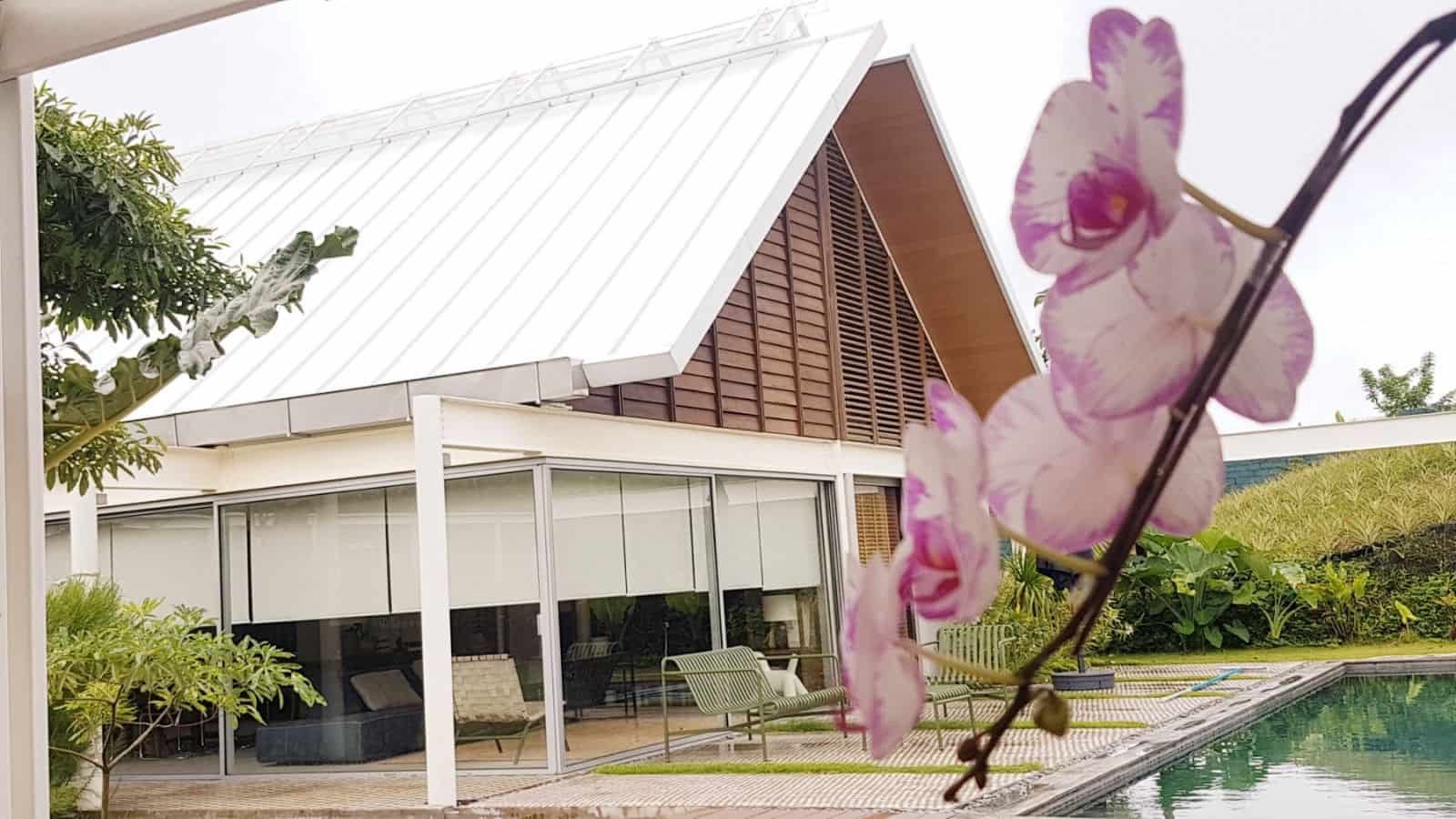
HAVANA:
A horizontal roof profile with hidden fasteners and anti-leak features. Check out its upgraded version, HAVANA TILE, as well.
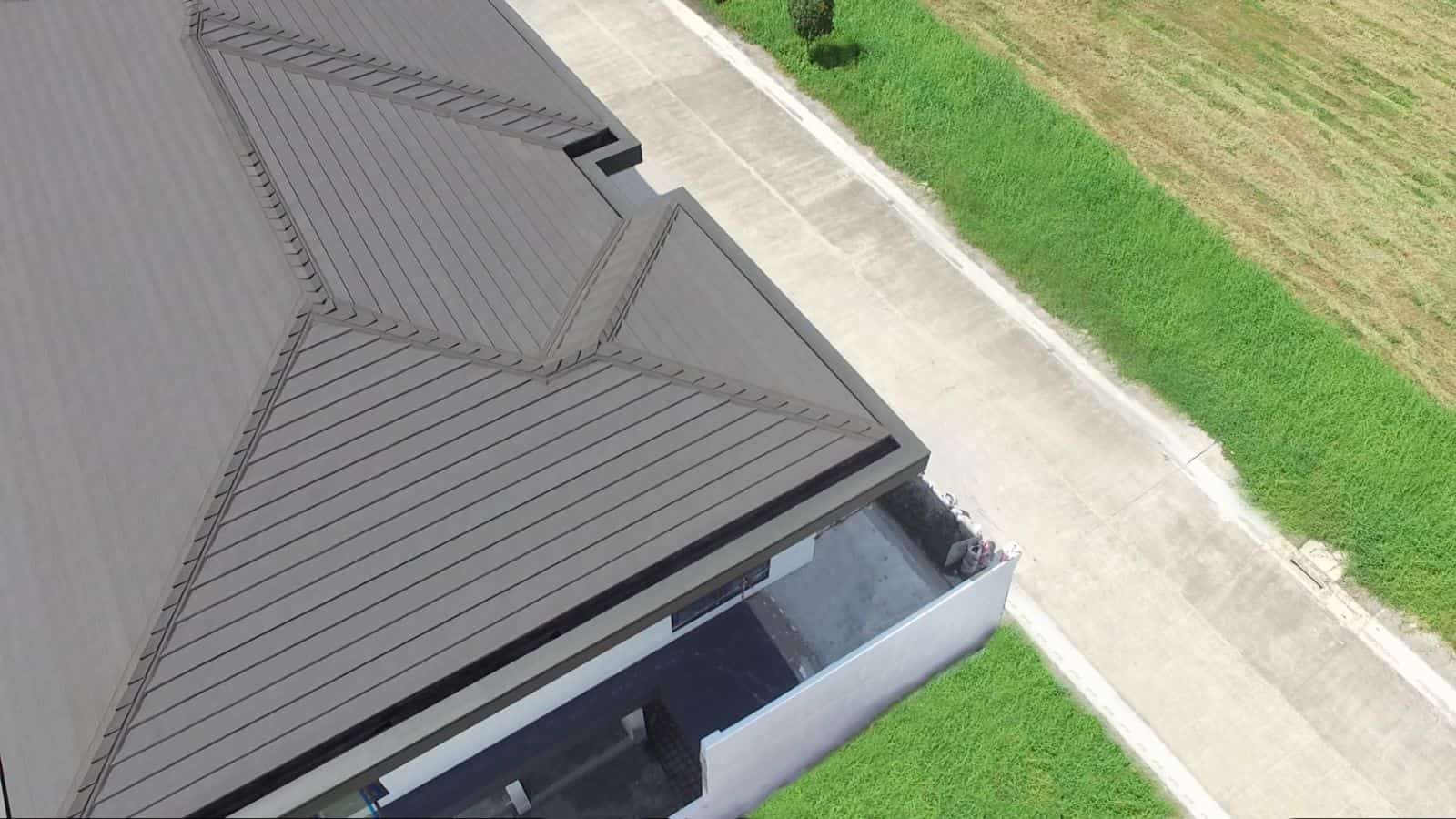
METACORR:
A corrugated roof profile known for its durability and long lifespan.

RIB ROOFS:
Metalink offers a variety of rib roofs, each with its own unique features and benefits. Some of the most popular rib roofs for tropical weather include:
STONERIB:
A long-span stone-coated metal rib roof that is durable and innovative, with no need for undersheeting.
Metalink offers a variety of rib roofs, each with its own unique features and benefits. Some of the most popular rib roofs for tropical weather include:
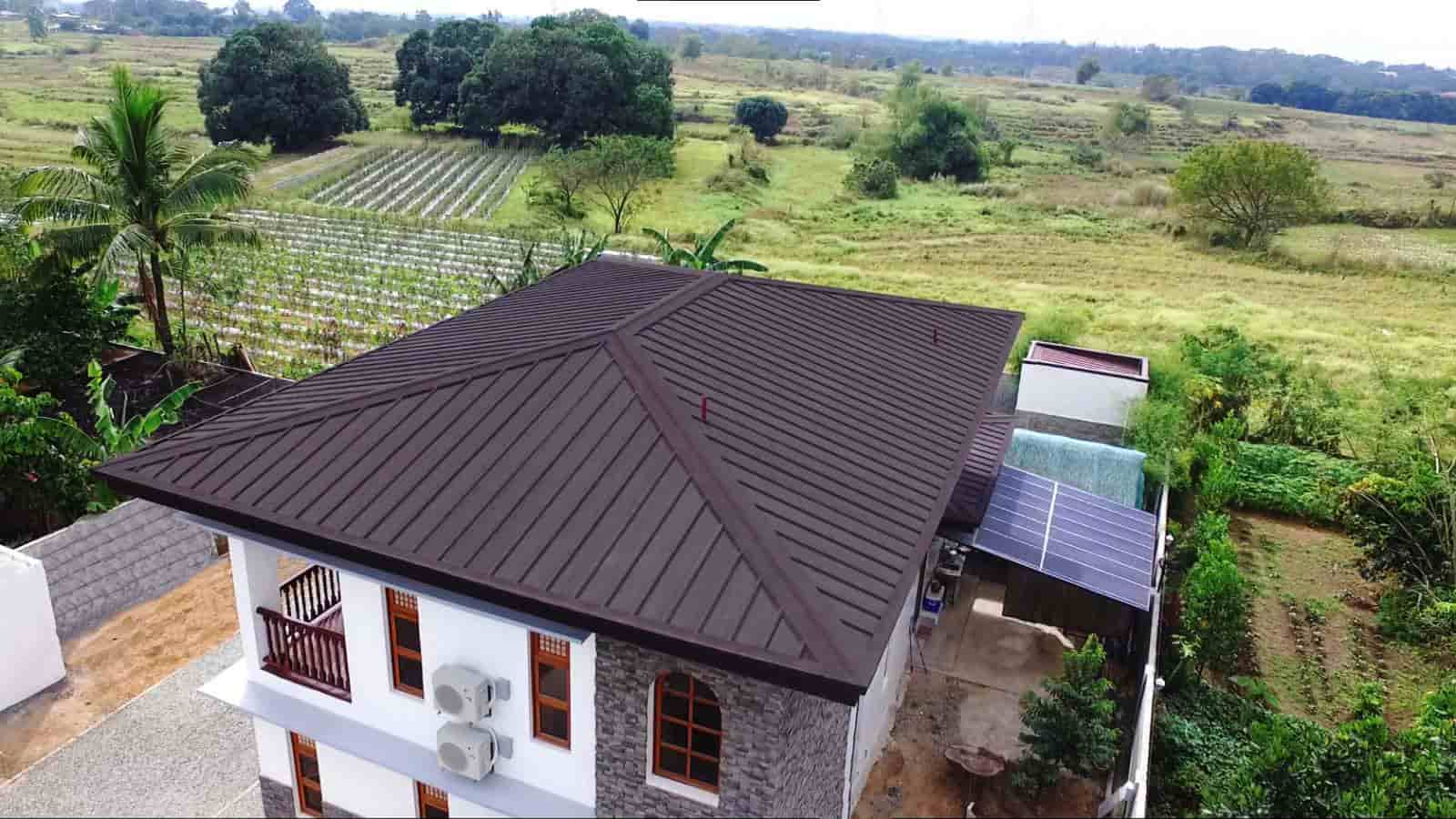
PRIMERAROOF:
A multi-rib roof profile that is long-lasting.

ECOHIRIB:
A high rib profile with a higher crest that drives away rainwater and prevents seepage.
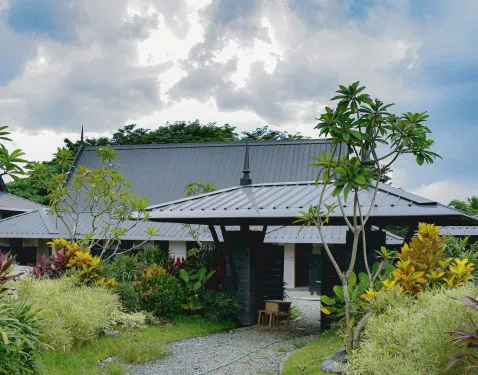
ECORIB
A classic metal roofing material with an enhanced painting process that protects against corrosion and rust.
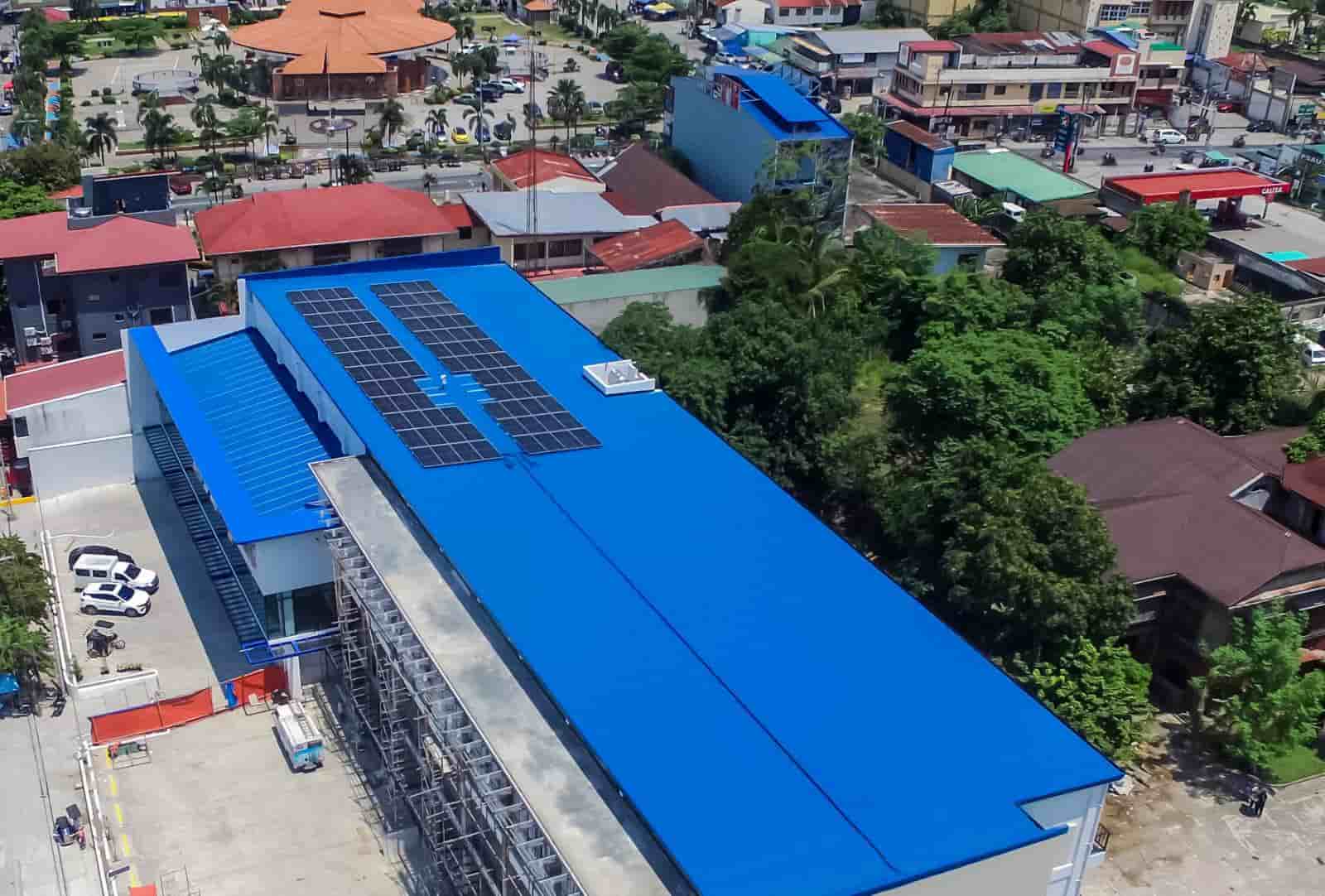
If you are looking for a high-quality roof system that can withstand the harsh weather conditions in the Philippines, Metalink is a great option. With a variety of roof systems to choose from, Metalink has the right roof system for your needs and budget.

